Jan 05, 2023
Author:Jackson Watson
As a pet parent, you play an important role in keeping your pets safe from house fires. We have come up with an informative post on pet fire safety and how pet parents can keep their pets safe from house fires.
Want more years with your precious furry member? “National Pet Fire Safety Day” takes place on July 15 every year. It serves as a reminder to learn how to keep your pet safe in a fire.
The day started in 2009 to help and educate pet parents to learn safety measures to protect their pets from the fire. The AKC in association with ADT Security Services declared National Pet Fire Safety Day. The day stresses the importance of taking preventable measures and protecting your pets and planning for unexpected emergencies effectively.
Your pet is a beloved member of your family and losing them can be a devastating event in your life. The good news is that there are easy ways to keep your pet safe from house fires.
Here are a few pet fire safety tips that you can take to keep your pet safe from house fires.
Keep your pet’s collar and leashes near the door so firefighters can use them to lead pets to safety. It’s best to store leashes and collars near the entrance of your home. Dogs are often waiting at entrance doors and run out when first responders come in.
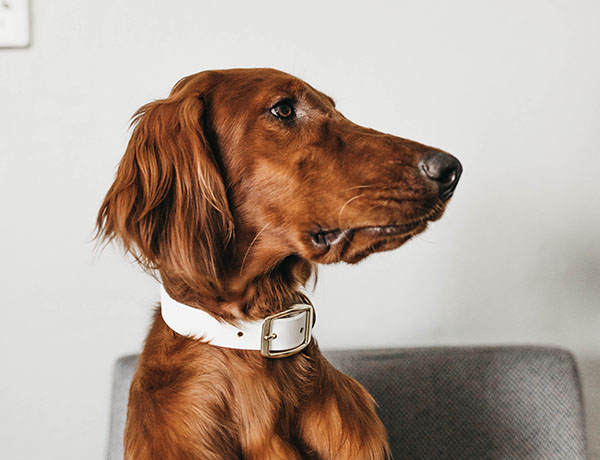
Extinguish any open flame before leaving your home. Our four-legged companions are curious but certainly not cautious. Wagging tails randomly knock over candles. Many curious pets will paw at sizzling grease and can quickly send a kitchen up in flames.
Remove knobs from the stove or protect them with covers before leaving the kitchen. In this way, they will not accidentally get turned on when not in use. The NFPA says stove or cooking fires are the number one cause of home fires and home injuries.
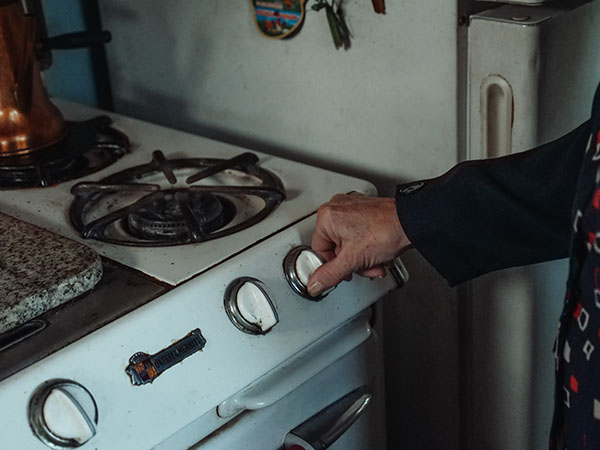
Make sure first responders know you have pets. Always use window clings that have written down the number of pets inside your house. These fire window clings show that one or more pets are in your home and might need help. So, they help firefighters identify the room your pets are located and identify the number of pets in the home.
The presence of window clings reminds firefighters to spend a little more time searching your house for pets. Add one to the room’s window where you keep your pets when you are away. Keep it d with your current phone number and the number of pets residing with you.
Install efficient smoke detectors on every level of your home and near the bedroom, kitchen, garage, and laundry room. Test them once a month to check if they’re working properly. Also, replace the batteries every year.
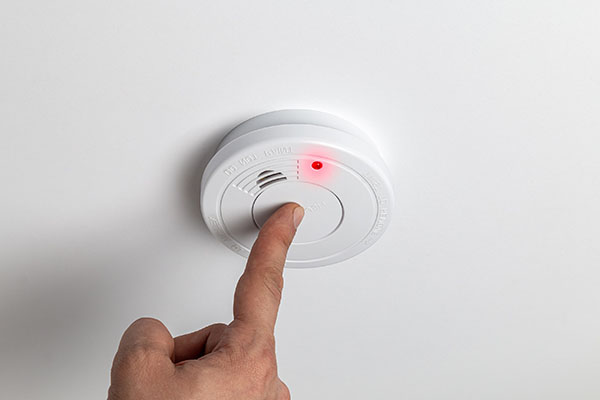
A little planning goes a long way in making sure your pet stays safe! Have a pet fire safety evacuation plan when you’re home. Also, practice routes of escape with your dog. Include all family members in this safety evacuation plan.
Assign a specific family member to be in charge of each pet so that everyone knows which family members will be responsible for the evacuation of each pet.
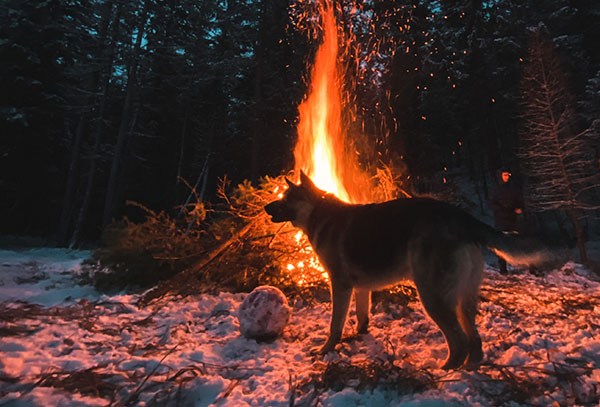
Get yourselves as prepared as possible in case something ever happens to your pet. Have a pet safety evacuation kit outside the home. In this way, evacuation will go smoothly for your whole family. Have the contact details of local vet clinics, and all the documentation ready, organized, and easy to locate.
Pets tend to hide when they’re scared. In case of a house fire, your pet is probably going to be scared and likely to hide under a couch or inside a closet. Know where your pet might hide when stressed, in case you must evacuate your home quickly. Practice catching your furry pal, if needed.
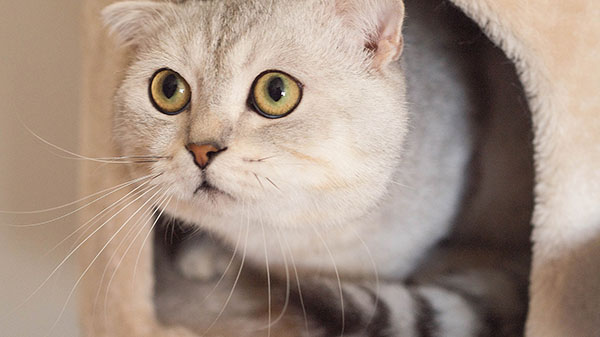
Have an emergency plan and practice using crates to evacuate with your dog. Train your pets to get in and stay in crates by making it a comfy place. You should practice fire drills, including escape routes, every six months. Keep the pet crate near the entrance door so, it’s easy for emergency responders to find pets quickly after entering your home. The American Red Cross says that if a fire starts in your house, you might have as little as 2 minutes to escape.
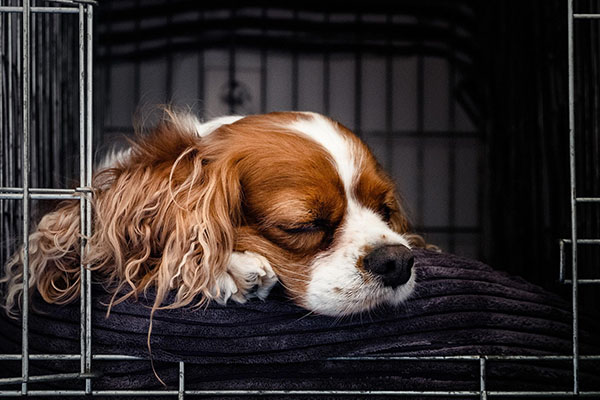
Be wary of electrical cords. Electrical wires can sometimes be seen by your pet as a chew toy. When damaged, they might spark and cause a fire. Be sure that the cords are out of reach of your pet. Block access to any loose cords or wires and hide them behind furniture or other barriers.
Check your house for potential hazards like loose cords. You should unplug them if you leave cords unattended or spray them with something bitter as a deterrent. Replace any old electric cords that show wear and tear.
Place any festive candles out of reach of your pet to avoid accidents. It’s best to consider flameless candles for backup lighting in the event of a power cut.
As a pet parent, you are responsible for taking good care of your four-legged companion.
Don’t forget to share the post with other pet parents. It’s always better to be safe rather than sorry! Put the tips into practice and keep your pets and other family members safe!
Stay tuned for more posts on pet care, dog behavior, and much more!
Popular Post
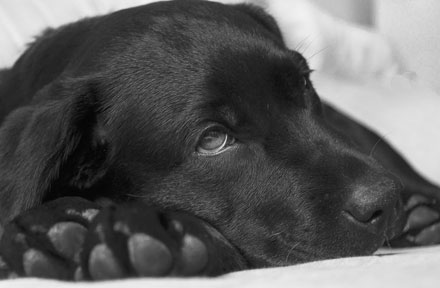
What to Feed a Sick Dog With No Appetite? [2025 Guide]
May 16, 2023
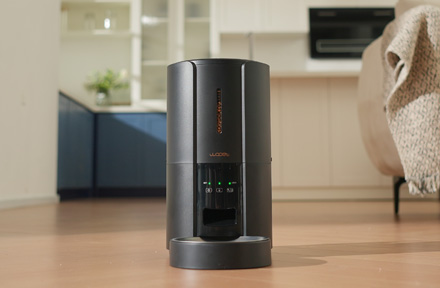
Troubleshooting Common Issues with Automatic Pet Feeders: Tips & Tricks for Pet Owners
Oct 26, 2023
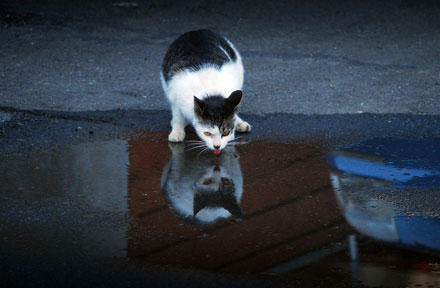
Why Does My Cat Cough After Drinking Water? 8 Potential Reasons
Mar 13, 2023
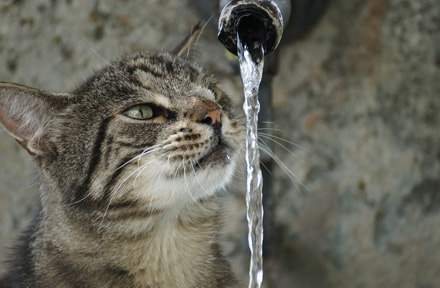
Why is My Cat Throwing up Water? Top 5 Causes Here
Feb 08, 2023

My Cat Only Eats A Little at A Time - What to Do?
Feb 27, 2023
$99.99
$129.99
Copyright © 2025 WOPET. All Rights Reserved.